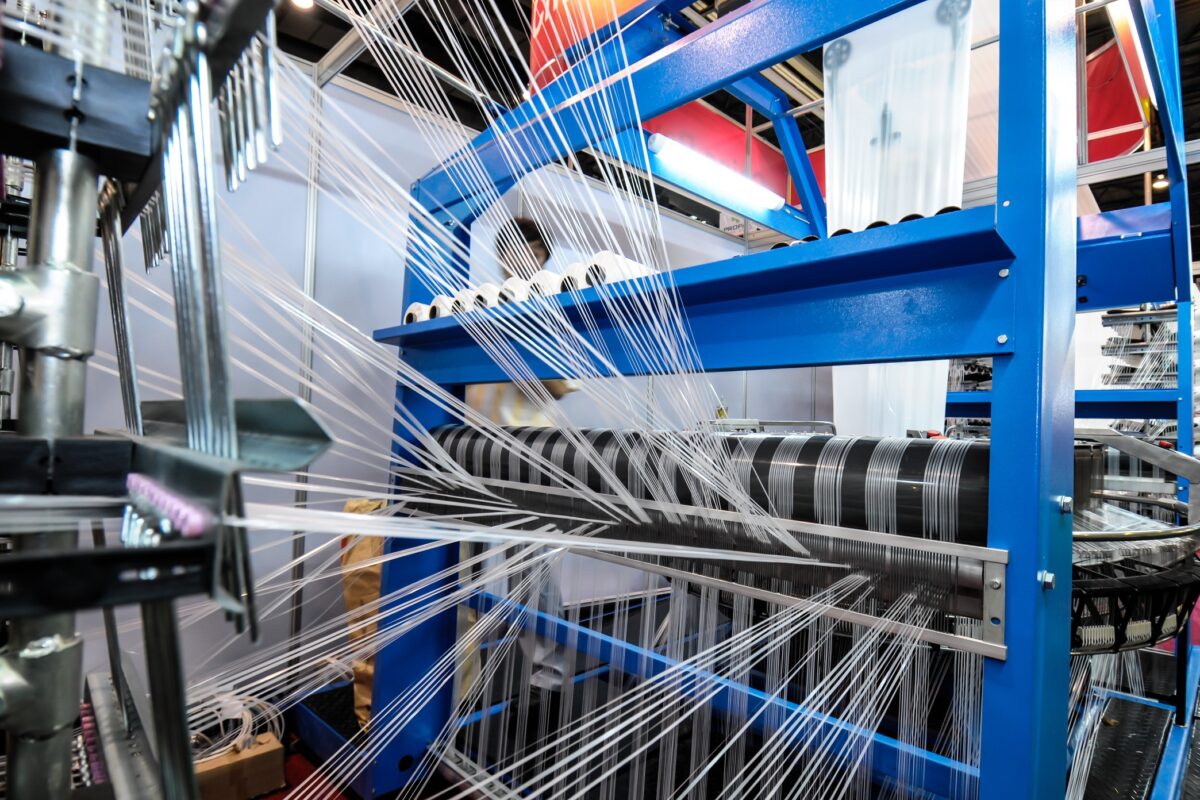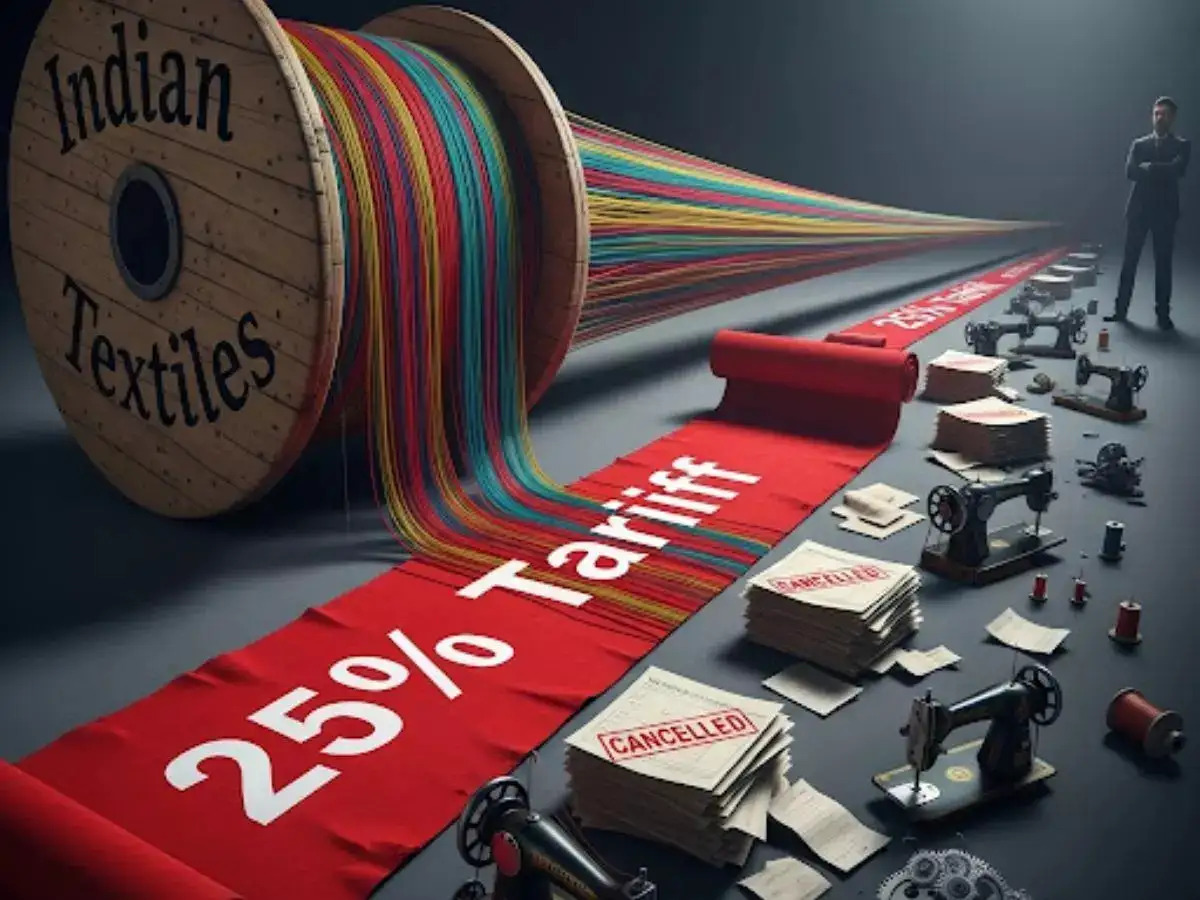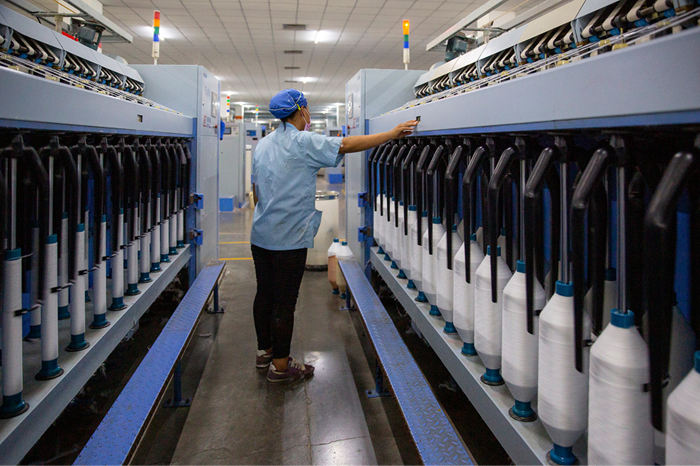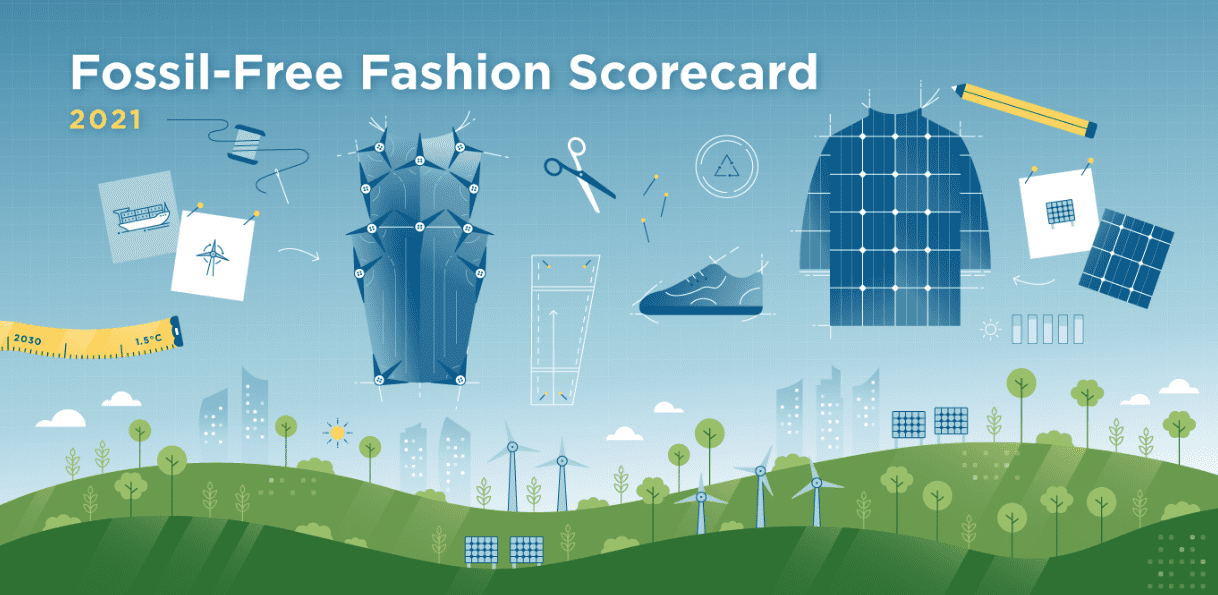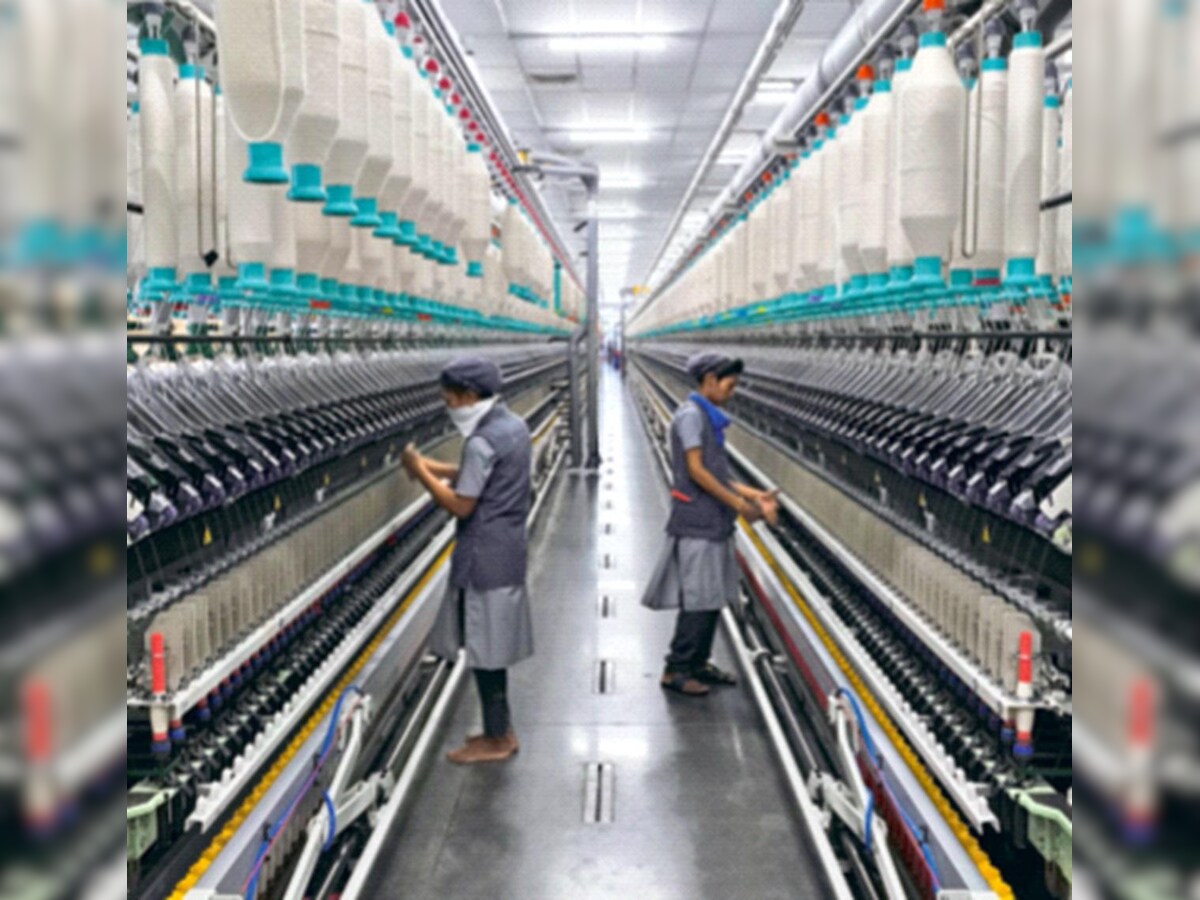FW
Brazilian denim mill Vicunha which works directly with high profile jeans brands to create specialised yarns and finishes has come up with its collection for Spring/Summer ’17 which is super smart products includes a range of hyper stretch denims and twills ensuring high performance and great flexibility with fabrics providing close to 100 per cent elasticity. The bistretch line allows body sculpting fits offering total movement designed to guarantee maximum freedom, flexibility and resistance.
The mill is also introducing dual core garments containing elastan and T400 for quality, comfort and a luxurious hand feel. Vicunha has invested deeply in dual-core spinning technology, becoming the largest dual core spinner in North and South America.
Vicunha is the world’s leading carrier of BCI cotton. It uses 1,00,000 tons of BCI cotton per year, which is almost five per cent of the global supply. The mill focuses heavily on super stretch, durability and products containing BCI cotton. Vicunha continues to participate in protecting the environment by using an unique recycling strategy.
In terms of yearly sales, Vicunha is the largest Brazilian enterprise in the textile and clothing sector. Vertically integrated, Vicunha is engaged in spinning, weaving, and knitting textile fibers, dyeing and printing fabrics, and making garments. Its products consist of filaments, yarns, denim fabrics and twills, knitted fabrics, synthetic woven fabrics, and readymade articles of clothing.
www.vicunha.com.br/
Nahar Spinning Mills, part of Ludhiana based Nahar Group of Companies, has received its board’s approval at its meeting held on December 23, 2015 for developing a new spinning plant with 60,480 spindles at Village Tamot, in the State of Madhya Pradesh. Nahar is one of the largest integrated textile player and also the second largest cotton yarn manufacturer in India.
Nahar Spinning Mills started out as a small worsted spinning and hosiery unit in Ludhiana and witnessing steady growth in woollen/cotton hosiery knitwear and woollen textile exports, the company has today emerged as one of the recognised ‘Export and Trading House’ by the Government of India.
The company today has an ultra-modern facility to manufacture 12.5 million pieces of hosiery garments and its products such as T-shirts are exported to reputed international brands like GAP, Arrow, Old Navy, Banana Republic and Chaps, among others.
It has plants spread over seven multi location plants, producing a range of products, over 60 per cent of which is aimed at export markets – USA, UK, France, Brazil, Bangladesh, Mauritius, Hondurus, Argentina, Colombia, Peru, Chile, Netherlands, Japan, Canada, Korea, Taiwan, Hongkong, Singapore, Egypt and Russia.
www.ovmnahar.com
Indian Texpreneurs Federation (ITF) has welcomed the Centre’s approval the Amended Technology Upgradation Fund (TUF) Scheme of Rs 17,822 crores for the textile sector.
“By this timely support, the textile industry, particularly in Tamil Nadu, will get major benefit because major TUF pending was towards Tamil Nadu textile industry,” ITF Secretary Prabhu Dhamodharan said in a statement.
Dhamodharan said the government, in the last few months, the government had announced much needed support initiatives like exports incentive and Interest Equalisation Scheme for fabrics and garments. With all these support measures, the textile industry is confident about moving up the value chain and demonstrate its commitment for 'Make in India' initiative, he added.
www.texpreneurs.com
The forthcoming edition of Texworld Paris organised by Messe Frankfurt France, will take place at Paris Le Bourget from February 15-18, 2016. Occupying two halls for the first time, the highly-diversified offer will showcase innovations in fabrics, sundries and accessories.
The event will be divided into more distinct sections such as The Linen & Hemp, Shirting, Drapery & Tailoring, Woollen Material, Denim, Casual Cotton, Casual Knit, Silk, Silky Aspects, Jacquard, Prints, Sophisticated Cotton, Sophisticated Knit Embroidery Lace, Fake Fur, Leather, Functional Fabrics, Fibre, and Trims & Accessories.
The selection committee has already booked exhibitors from 25 countries for the February event. China still remains at the heart of the Texworld Paris offering and will be enriched for the first time by the presence of skills in knits, sundries, accessories and casualwear from Haining, a town in Zhejiang province with an enviable reputation in the fashion world. Denim from China will be something worth discovering in February 2016. Southern Asia will bring an increased offer in embroidery and lace-making, and also in drapery and cotton fabrics. A group of Turkish companies specialising in sundries and accessories and South Korea, the third most heavily represented country at Texworld, after China and Turkey, will be present with a very extensive and creative range.
Pakistan is intensifying its presence with a group of six exhibitors under the auspices of the Trade Development Authority of Pakistan and fifteen individual exhibitors. Casual cotton, shirting and denim will take pride of place. Taiwan and Hong Kong will be present with enriching collections too. Spring and summer 2017 will be heavily represented at Texworld, as demonstrated by a strong presence of natural fibres, such as linen.
www.texworld.messefrankfurt.com
The Cabinet Committee on Economic Affairs, chaired by the Prime Minister Narendra Modi has approved the introduction of ‘Amended Technology Upgradation Fund Scheme (ATUFS)’ in place of the existing Revised Restructured Technology Upgradation Fund Scheme (RR-TUFS), for technology upgradation of the textiles industry.
The new scheme specifically targets employment generation and export by encouraging apparel and garment industry, which will provide employment to women in particular and increase India’s share in global exports, promotion of technical textiles for export and employment, promoting conversion of existing looms to better technology looms for improvement in quality and productivity, encouraging better quality in processing industry and checking need for import of fabrics by the garment sector.
The amended scheme is expected to boost ‘Make in India’ initiative in the textiles sector and attract investment to the tune of one lakh crore rupees, and create over 30 lakh jobs. A budget provision of Rs17,822 crores has been approved, of which Rs 12,671 crores is for committed liabilities under the ongoing scheme, and Rs 5,151 crores for new cases under ATUFS.
All cases pending with the Office of Textile Commissioner which are complete in all respects, shall be provided assistance under the ongoing scheme and the new scheme will be given prospective effect. Office of Textile Commissioner (TXC) is being reorganised; its offices shall be set up in each state. Officers of the TXC shall be closely associated with entrepreneurs for setting up the industry, including processing proposals under the new scheme, verifying assets created jointly with the bankers and maintaining close liaison with the State Government agencies.
The implementation of the scheme would be executed and monitored online under iTUFS, launched in April, 2015. Under the new scheme, there will be two broad categories: apparel, garment and technical textiles, where 15 per cent subsidy would be provided on capital investment, subject to a ceiling of 30 crores rupees for entrepreneurs over a period of five years, and remaining sub-sectors would be eligible for subsidy at a rate of 10 per cent, subject to a ceiling of Rs 20 crores.
Texmin.nic.in
For its 32nd edition taking place this January 19 and 20, 2016, Première Vision New York already known for its premium offer of fabrics, accessories and textile designs, also includes leather and manufacturing. The event, already the North American market leader, thus becomes a unique destination for buyers to develop collections, now bringing five activity sectors together under one roof.
Some 364 companies, each selected according to strict Première Vision criteria, will be present at Pier 94. The 30 companies premiering in the leather space are distinguished by the exceptional quality of products for both clothing and high-end leather goods. Among them are: Samanta and its fantasy skins, Tanneries Haas, offering an extraordinary palette of calf skins for leather goods, Nova Kaeru and its exotic skins, and lambskin specialists Mégisserie Lauret, RG Deri, CKD Cetinkaya, and Cuirs du Futur. The show is also a unique opportunity to meet Megisserie Alric, winner of the 2015 PV Awards Grand Jury Prize for the most outstanding and pertinent development in the season’s leathers.
The manufacturing universe welcomes 26 specialists with multiple know-hows for womenswear and menswear, particularly for high-end suits. There is a notable presence of several Moroccan companies, including the Modaline holding, whose production is already 70 per cent destined for the American market. To be noted also the attendance of Portuguese companies Goucam and Montagut Industries and the Japanese knit specialist Shima Seiki. The show also hosts Manufacture New York, a consortium of fashion entrepreneurs, high-end manufacturers, technologists and educators showcasing an innovative vision of a vertically integrated Made in NY supply chain.
The event will include a mentorship and sourcing bar, workshops, panel discussions and demonstrations of fashion’s best equipment and techniques. In the Fabrics zone, 132 mills are presenting their latest developments for Spring/Summer ‘17. Fashion accessories once again feature prominently at the show. Textile trims, metallic and plastic accessories, buttons, labels and tags, and functional trims from 19 companies will be displayed.
The can’t-miss stops at the show are: the Color Range by Première Vision and the Trend Forum. The PV partner spokespersons will share their colour intuitions and convictions with the fashion team, as well as their ideas about fibres, materials, handles, and aspects that will all contribute to the future fashion season.... PV partners are recognized international fashion and textile industry professionals. This season, the Denim & Couture exhibit, originally created for the Upper Jeanswear area, now arrives in New York. Designed and created by the famous Atelier Jean-Pierre Ollier, the area explores the new connections between denim couture and tailoring.
www.premierevision-newyork.com
After Prime Minister Narendra Modi’s radio address asking every individual to buy at least one khadi garment and with designers working with the humble khadi fabrics, the segment was witnessing a considerable demand within the country as well as from abroad. However, the demand seems to be dyeing down owing to rising prices and availability of low cost synthetic versions.
Most of the khadi fabric manufacturers and exporters are reporting decline in demand owing to weavers demanding higher prices, resulting in the rise of final product cost. Another reason behind the decline, according to the industry players is emergence of new durable and low cost synthetic materials.
Also, since khadi is a preferred choice of influential people like politicians and those who can afford the designer version of it, khadi is now limited to a fraction of consumers making it further expensive for a common consumer. And while the government is trying to promote khadi in a big way, the industry lacks policies that could boost the sector.
Indian Texpreneurs’ Federation (ITF) has worked on a method to understand yarn price movements, demand trends and stock piling at mills. It was done with an online survey conducted for several weeks for three yarn markets of Tirupur (hosiery yarn), Ichalkaranji and Bhiwandi (polyester cotton and polyester ciscose yarn) and the outcome was then shared with the group members.
ITF says that this survey along with ‘Yarn Strategy Meet’ organised every month has helped the mills understand the market better. The Federation would now try to implement the similar method to understand the raw material price trends.
The Federation had selected 80 mills operating in polyester and polyester yarn with a capacity of 20-lakh spindles for the pilot project that provided them a mobile app. The app let the mills update the last-sold price of their yarn, stock position and related market data. The survey was conducted periodically in a month to arrive at a standard price list of yarn from Tamil Nadu mills.
The application while protecting the identity of the mill entering the data about prices and stock, provides pure statistics such as average yarn selling price over the last week and average stock positions.
www.texpreneurs.com
Pakistan's Cotton Crop Assessment Committee (CCAC), industry sources claim, has revised the cotton estimates to 10.85 million for the current season compared to the initial estimates of 15.49 million bales, representing a decline by over 30 per cent.
According to the local media report the cotton production estimates may further decline. And while the fourth meeting of the CCAC was held recently and attended by representatives of provincial agriculture departments (Punjab, Sindh, and Khyber Pakhtunkhawa), officials from Pakistan Central Cotton Committee, Pakistan Cotton Standards Institute, Trading Corporation of Pakistan (TCP) and grower members from Sindh, there was no statement issued by the Ministry of Textiles about the outcome.
The Pakistan Government was expecting to achieve a cotton target of 15.49 million bales from 7.7 million acres for 2015-16. Punjab was projected to produce 10.5 million bales from six million acres; however it missed the sowing target and grew cotton on 5.6 million acres registering a decline of about six per cent. After the pest attacks, cotton crop was badly damaged and the projection was revised downward to 7.4 million bales.
Grasim Industries is a part of Aditya Birla Group, which is known as the largest fashion (premium branded apparel) and lifestyle player and the second-largest manufacturer and largest exporter of viscose filament yarn and the largest manufacturer of linen fabric. The company has emerged as the strong player in VSF segment and KK Maheshwari, MD, Grasim Industries, believes that VSF can fulfil consumers’ demand for a natural product which is also soft and comfortable.
Though the company is one of the leading exporters of VSF, Maheshwari says that there are enormous opportunities in India itself with population on par with China. However, while domestic sales are a little over $70 billion for textile and clothing, in China it is over $700 billion. With Indian consumers showing rising interest in fashion along with growing economy and spending power, Maheshwari feels that like export markets even Indian markets offer huge opportunities for growth. So the company started focusing on ethnic wear by tying up with brands and designers with Liva, which has now been launched as brand in itself. The company exports to over 40 countries.
While prices of VSF have been witnessing an improvement in the last two quarters, Maheshwari says that slowdown in China and devaluation of yuan could make an adverse impact. However, Grasim is ready to deal with such volatile situations that keep emerging and Maheshwari is certain that with growing preference for natural products, the Liva-based garments will continue to have a great future.
www.grasim.com




